Mulching trees is an essential part of proper tree care that can help ensure the health and longevity of your trees. Mulching provides a protective layer around the tree’s root system, helps retain moisture, and can prevent weeds from growing. However, it is important to understand best practices for mulching trees in order to ensure that your trees are receiving the optimal benefits. In this article, we will discuss the best practices for mulching trees, including the types of mulch to use, the amount of mulch to apply, and how often to mulch your trees. The first step in mulching is to identify the type of mulch that is best for your trees.
There are several types of mulch to choose from, including organic and inorganic mulches. Organic mulches include things like wood chips, bark chips, straw, and grass clippings. Inorganic mulches include things like gravel, stones, and plastic sheeting. Each type of mulch has its own advantages and disadvantages, so it’s important to do your research before selecting a type of mulch for your trees. Once you have selected a type of mulch, you need to prepare the area around your tree.
Remove any existing weeds or grass that may be growing around the base of the tree. This will help ensure that the mulch stays in place and does not get washed away in heavy rains. Once the area is cleared, spread a layer of mulch around the base of the tree, about two to four inches thick. Be sure to keep the mulch away from the trunk of the tree as this can cause rot or other damage. In addition to spreading mulch around the base of your trees, you can also use it to create pathways or accent beds around your property.
When using mulch for these purposes, be sure to use a finer type of mulch such as wood chips or bark chips. Make sure to keep the depth of the mulch at two to four inches and avoid piling it up against structures or plants as this can lead to rot or other damage. Finally, it’s important to keep an eye on your mulched areas and replenish them as needed. Mulch tends to break down over time and will need to be replaced periodically. The best time to replenish your mulched areas is in late fall or early spring when temperatures are cooler and there is less risk of damage from extreme temperatures. Overall, knowing the best practices for mulching trees can help ensure that your trees are healthy and thriving.
Properly applied mulch will help improve soil conditions, reduce weeds, conserve moisture, and add aesthetic value to your property. It’s important to select the right type of mulch for your needs and properly apply it in order to achieve the desired results.
Types of Mulch
There are many types of mulch available, each with its own advantages and disadvantages. Organic mulches, such as wood chips, bark, straw, and leaves, are a popular choice for many gardeners. Organic mulches add nutrients to the soil as they decompose, and they can help reduce weeds and conserve water.Inorganic mulches, such as rock and rubber, are also available. They can provide good drainage and last longer than organic mulches, but they don’t add any nutrients to the soil. There is also a variety of colored or dyed mulches, which can provide a nice aesthetic touch to your landscape. It is important to choose the right type of mulch for your particular needs. Organic mulches are often less expensive but need to be replenished more often.
Inorganic mulches may last longer but are more expensive and may not provide the same benefits as organic mulches. Colored or dyed mulches may look nice initially, but they tend to fade quickly and need to be replaced more frequently.
Mulching Maintenance
When mulching trees, it is important to keep up with regular maintenance in order to ensure that the soil is able to receive the full benefits of the mulch. This includes replenishing the mulched areas as needed. Mulch should be replenished every spring or after heavy rainfall.This helps to keep the mulch fresh and effective in protecting the soil and roots of the trees. It also helps to reduce the growth of weeds and keep moisture in the soil. In addition to replenishing mulch, it is also important to check the depth of the mulch every few months. Mulch should be kept at a depth of two to four inches to ensure that it is providing adequate protection for the tree’s roots. If the mulch has settled over time, it may need to be topped up.
Finally, it is important to keep an eye out for pests and diseases that could be attracted by the mulch. If you notice any signs of infestation, you should remove the affected mulch and replace it with fresh mulch.
Preparing the Area
Before applying a layer of mulch around a tree, it is important to prepare the area properly. The first step is to remove any debris or weeds from the area, as these can interfere with the effectiveness of the mulch. Next, remove any existing grass or weeds that are growing near the base of the tree, as these can compete with the tree for resources.Finally, make sure that the soil around the tree is level and free of any large rocks or debris. Once the area is prepared, you can begin adding mulch. When adding mulch, it is important to use an appropriate type of mulch for your particular tree species. Organic mulches, such as wood chips, bark, or straw, are often recommended for most trees. Inorganic mulches, such as gravel or stones, can also be used but should not be placed directly against the tree’s trunk.
Additionally, avoid using rubber mulches, as they can contain chemicals that could be harmful to trees. When applying a layer of mulch, it is important to keep it away from the trunk of the tree. Generally speaking, you should keep a space of at least four inches between the mulch and the trunk of the tree. This will allow for proper air circulation and prevent disease or insect infestations.
Finally, it is important to apply a layer of mulch that is two to four inches deep. Applying too much mulch can smother the tree’s roots and cause them to rot. On the other hand, applying too little mulch can make it ineffective in controlling weeds and conserving moisture.
Using Mulch for Pathways & Accent Beds
Mulch can be used to create pathways and accent beds.Pathways are a great way to add a decorative touch to your landscape while also providing a safe and attractive walkway. Accent beds can provide an eye-catching border around a tree or shrub. When using mulch for pathways and accent beds, it is important to consider the type of mulch that you use, the amount of mulch that you use, and the way in which the mulch is applied. The type of mulch that you choose will depend on the look that you want to achieve.
Different types of mulches such as wood chips, bark, gravel, or stones can create a variety of looks. When choosing a mulch for pathways or accent beds, it is important to select one that will provide good drainage and is also suitable for the environment. The amount of mulch that you use should be determined by the size of the area being mulched. Generally, a 2-3 inch layer is recommended. Too much mulch can cause excessive moisture which can lead to root rot and other problems.
Too little mulch can leave the soil exposed to erosion. When applying the mulch, it is important to spread it evenly over the area. This will help ensure that it provides an even coverage and doesn’t leave any gaps. It is also important to avoid piling the mulch too high as this can suffocate the plants. By following these tips, you can ensure that your pathways and accent beds look great while also providing protection for your plants. Mulching is an important part of tree care that can help improve soil conditions, reduce weeds, conserve moisture, and add aesthetic value to your property. Knowing the best practices for mulching trees will help ensure that your trees are healthy and thriving.
The types of mulch to use, as well as how to properly prepare the area, use mulch for pathways and accent beds, and maintain your mulch are key steps to having a successful mulching experience. Taking the time to research and apply the best practices for mulching trees will provide long-term benefits.
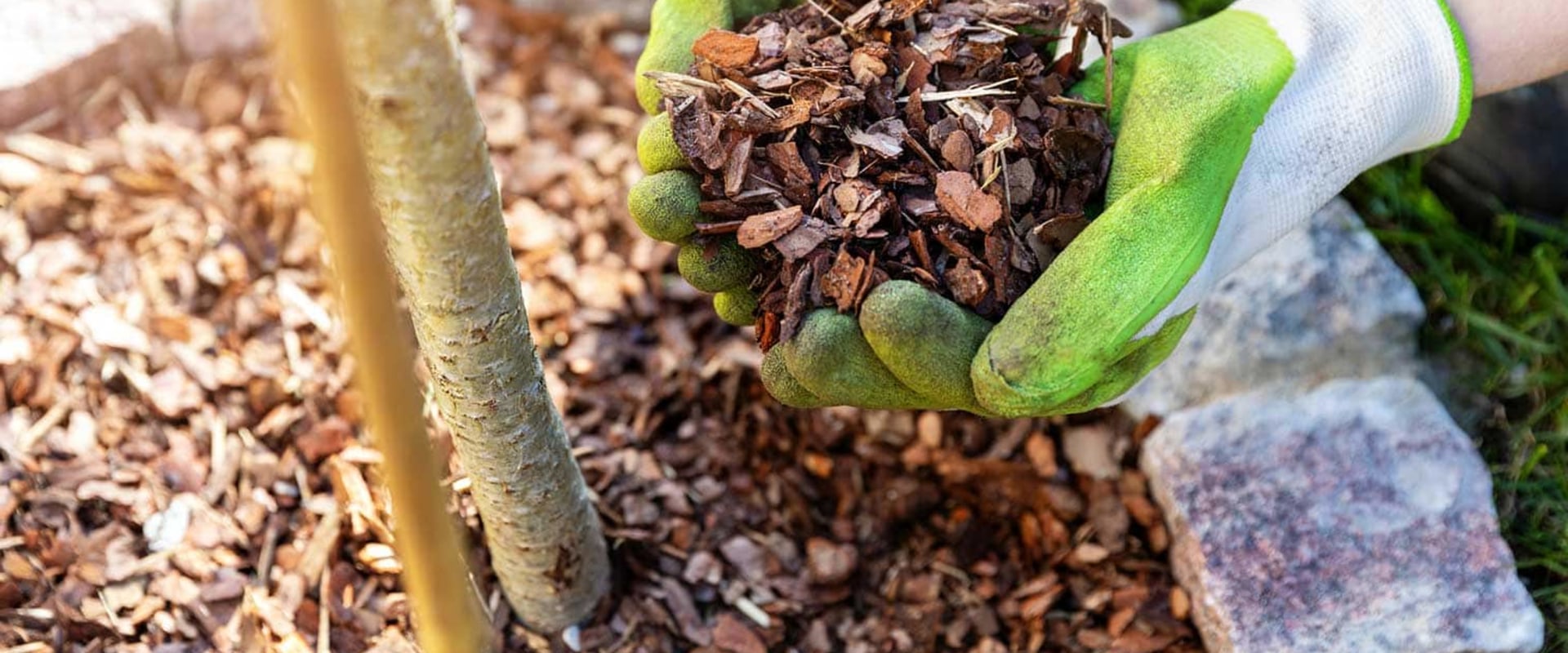
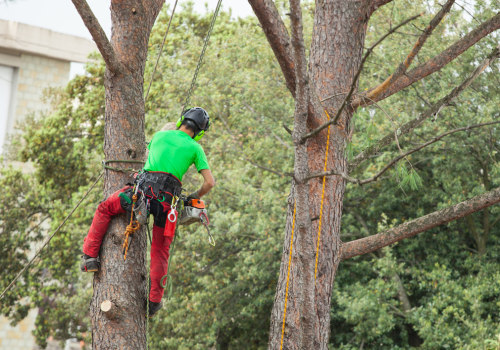
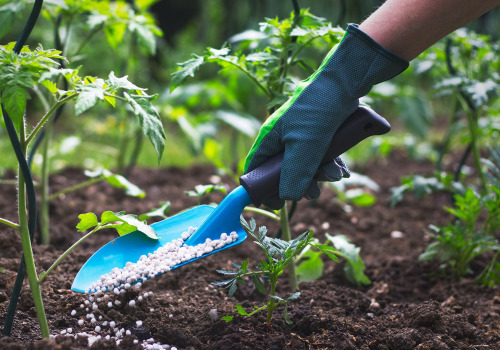
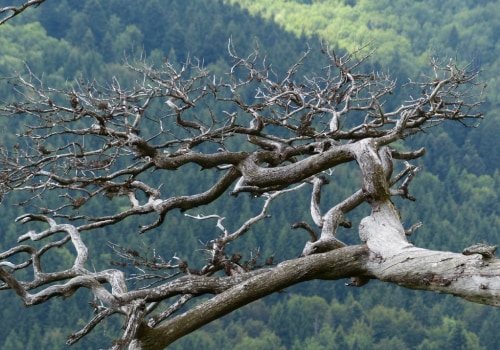
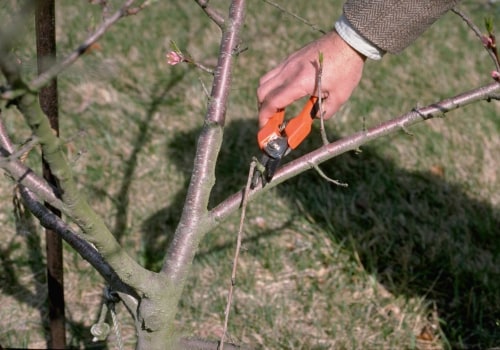
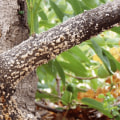
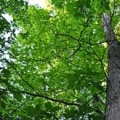
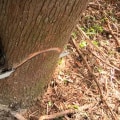
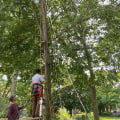
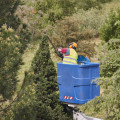

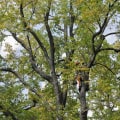
Leave Message